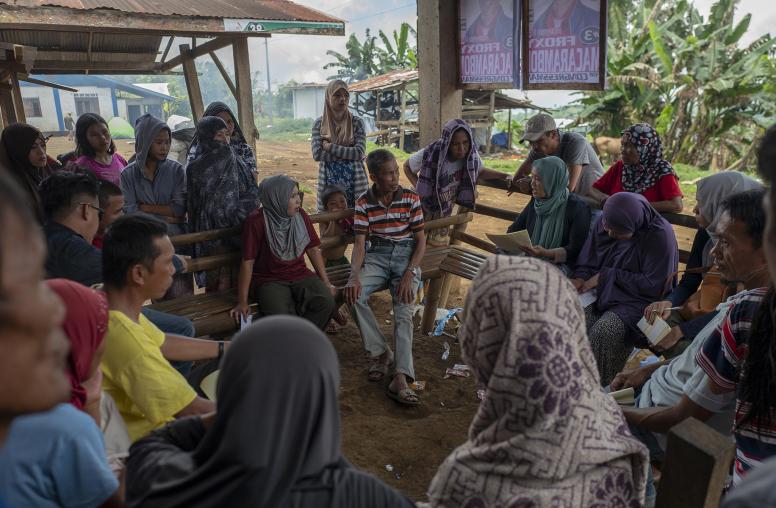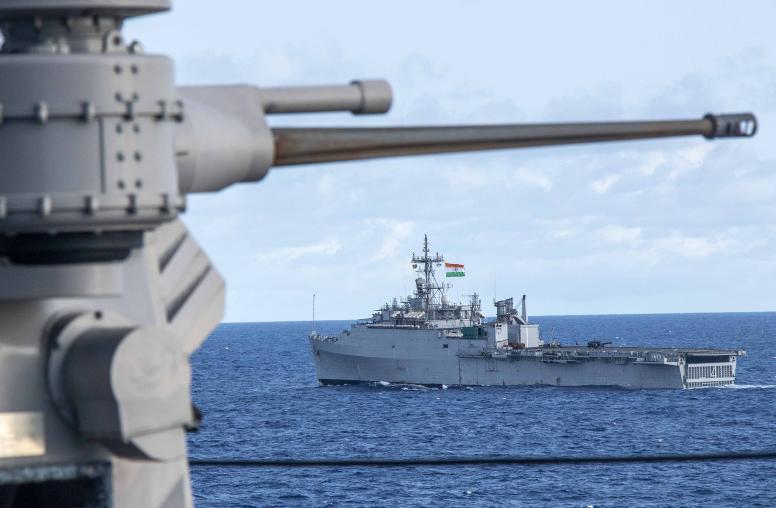Whither Peace Operations?
Peace operations have undergone several evolutions since the first United Nations–administered peace mission in 1948. A characteristic feature of the most recent evolution, which began about a decade ago, is that today peace operations are more broadly accepted as a tool for contending with destabilizing events in all regions of the globe.

Summary
- Much progress has been achieved over the last decade and a half in the development and use of peace operations as a tool to quell conflicts, but there are limits to how much more progress can be expected.
- The number of troop contributors and troops deployed to peace operations has recently reached unprecedented highs, but the bulk of troops came from a limited number of states.
- The relationship between the United Nations and non-UN peacekeepers seems for the most part complementary. Nonetheless, the rise in non-UN peace operations has probably led to the United Nations becoming too dependent on too small a base of lesser-developed states.
- The characteristics of most troop contributors (e.g., type of governance, national quality of life, ground-force size) correlate with their level of contribution, but even politically willing nations with the “right” characteristics can likely deploy only a small percentage of their troops to operations at any one time.
- While Europe and Africa have achieved the most progress in developing institutional capacities, each continent confronts problems of interinstitutional relations and resource shortages.
- Russia’s hegemonic role in Eurasia and the United States’ historical legacy in Latin America have hindered development of comprehensive institutional capacities for peace operations in each region.
- East Asia may slowly be moving beyond ideational strictures that crippled efforts to develop regional capacities.
- Institutional progress is not expected in South Asia and the Middle East, and states of each region should not be expected to send military units to intraregional operations. Nearly all South Asian countries, however, will be major players in UN operations. A few exceptions aside, Mideast states will remain bit players on the world scene.
- Demand for easy or moderately challenging operations will generally be met, but the hazardous missions most apt to occur will be called for by states possessing the wherewithal to take them on and bring others along.
About the Report
The Center for Peace and Security Studies of the School of Foreign Service at Georgetown University, the Washington-based Fund for Peace, and the Stockholm International Peace Research Institute teamed up in a joint project to probe the limits of progress in the development and use of peace operations. This project, which in part was funded through a USIP grant, sought to break relatively new ground with some of the questions asked, some of the evidence employed, and some of the findings offered. This report briefly summarizes the project results. The full results and analyses are found in Peace Operations: Trends, Progress, and Prospects, edited by Donald C. F. Daniel, Patricia Taft, and Sharon Wiharta.
Donald C. F. Daniel, the report’s author, is a professor at Georgetown University.




